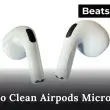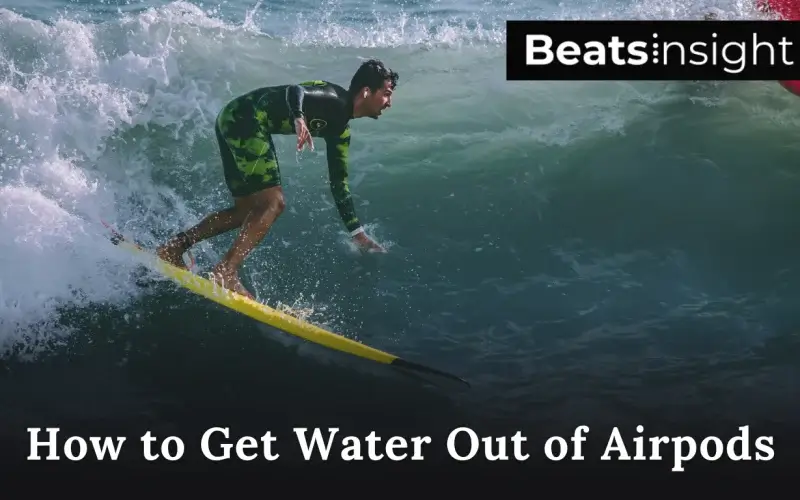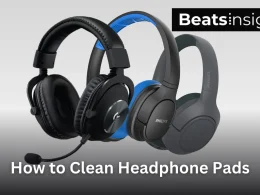Did your AirPods get wet? Don’t assume they’re ruined. While no AirPods are fully waterproof, most can survive light exposure if you handle them the right way. The real danger comes from moisture trapped inside the speakers or microphone, which can cause muffled sound or battery failure if ignored. This guide shows you step by step how to remove water safely, what mistakes to avoid, and how to check if your AirPods are still in good shape.
Quick Answer:
To get water out of AirPods:
- Gently wipe the outside with a lint-free cloth.
- Use Apple’s Water Eject shortcut on iPhone to push out trapped droplets.
- Place AirPods in a sealed container with silica gel packets until completely dry.
- Wait several hours before testing to prevent short-circuit damage.
Table of Contents Show
Are AirPods waterproof?
Apple has never made AirPods that are waterproof. A few models come with a splash-resistant seal, but none are designed for showers, swimming, or full submersion. What “resistant” really means is they can put up with sweat during a workout or light rain on a walk — but trapped moisture can still cause problems with sound or battery life. And the longer you’ve owned them, the weaker that seal gets.
Here’s how each model is rated against dust and water:
- AirPods (1st Gen) – No rating (no protection against water or sweat)
- AirPods (2nd Gen) – No rating (no protection against water or sweat)
- AirPods (3rd Gen) – IPX4 (built to handle splashes and sweat)
- AirPods (4th Gen) – IP54 (better splash resistance plus some dust protection)
- AirPods Pro (1st Gen) – IPX4 (splash and sweat resistant)
- AirPods Pro (2nd Gen) – IP54 (splash + dust resistant, both Lightning and USB-C versions)
- AirPods Max – No rating (not designed for sweat or water)
The takeaway: your earbuds may survive a little rain or gym sweat, but once water seeps inside the speaker or mic, performance can drop fast. If you ever notice muffled calls after exposure, it’s worth learning how to properly clear and refresh the microphone on your AirPods before assuming they’re beyond repair.
All products on Beats Insight are chosen by our experts independently, but we may earn a commission on purchases made through our links. See our full disclosure here.

Beats Studio Pro
Spatial Audio, ANC, USB-C
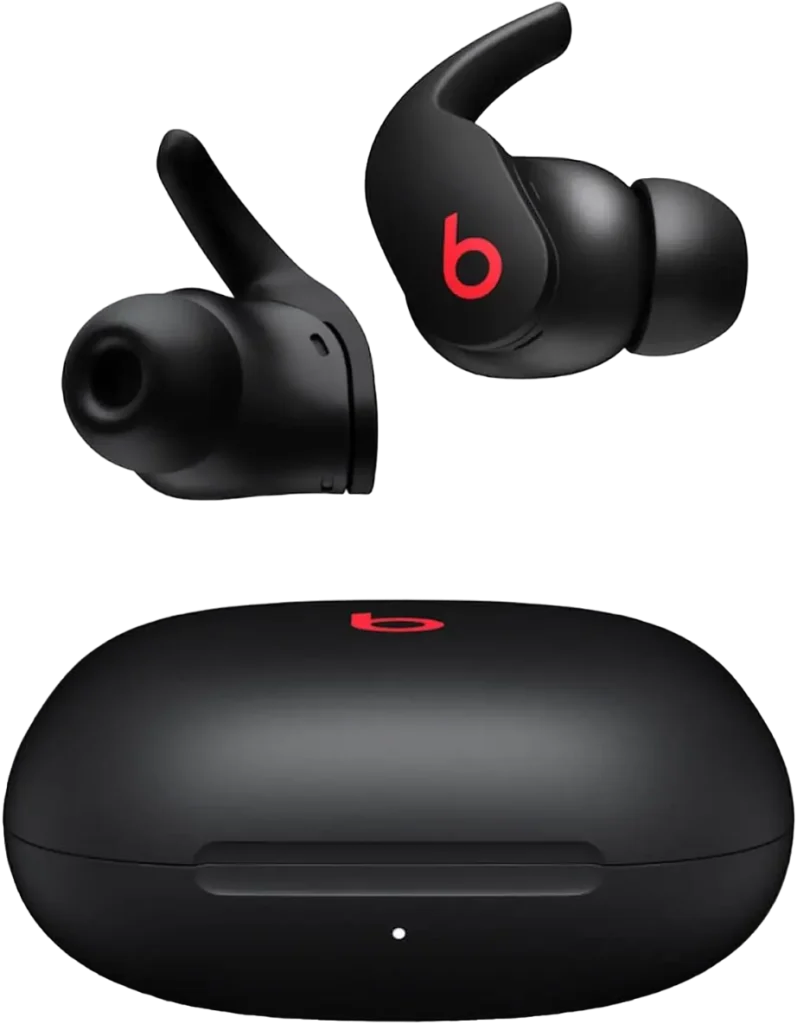
Beats Fit Pro
Secure Fit, ANC, Transparency
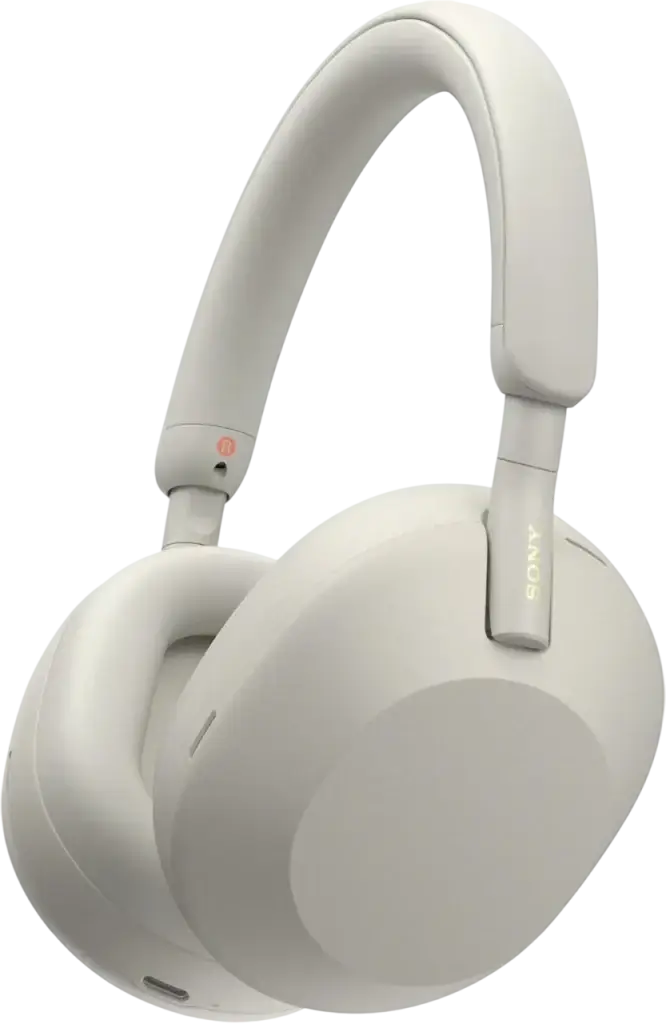
Sony WH-1000XM5
30-Hr Battery, Elite Noise Canceling
How to recover wet AirPods (safe method)
Follow this order. It protects the speakers, mic, and battery while you dry them.
1) Dry the outside — no heat
- Blot each earbud and the case with a lint-free cloth.
- Remove tips on AirPods Pro to reach trapped droplets.
- Open the lid and dab corners with tissue or microfiber (nothing that sheds).
- Set face down on a dry towel in a shaded, ventilated spot.
Avoid hair dryers, heaters, or direct sun — high heat can warp the electronics.
2) Push out hidden moisture with sound
- Run the Water Eject shortcut in the Shortcuts app at low or medium intensity.
- Repeat in short bursts until no mist appears.
- Skip YouTube “hacks” that blast loud tones — powering on soaked buds risks shorting the circuits.
3) Use silica gel, not rice
- Seal the earbuds and case with several silica gel packets in an airtight container for 24–48 hours.
- Keep the case lid open to let vapor escape.
- Avoid rice — starch dust can clog the speakers and cause long-term issues.
After drying — test carefully
- Pair and play audio at low volume first.
- Make a short call to confirm mic clarity.
- Check battery health and charging. If something feels off, it helps to refresh the AirPods software with a firmware update before assuming hardware failure.
Note: Apple doesn’t cover liquid damage under warranty, which makes safe DIY drying your best chance at recovery.
Does AppleCare Cover Water Damage on AirPods?
No. Apple’s standard one-year warranty does not cover water damage. Apple excludes it because there’s no reliable way to prove if liquid exposure came from normal use or misuse.
With AppleCare+, you do get limited protection. The plan includes up to two accidental damage claims per year, each with a $29 service fee. One important detail: every earbud or the case is treated as a separate item. If both earbuds fail from the same spill, that counts as two claims.
Replacing AirPods or the Case
Here’s how Apple handles replacements:
- Standard warranty → covers defects for 12 months, not liquid damage.
- AppleCare+ → $29 per incident, for up to two claims per year during the two-year plan.
- Out of warranty → replacement prices depend on the model and can be costly.
- How to get service → visit an Apple Store, mail them using Apple’s prepaid kit, or contact an authorized repair partner.
After getting them repaired or replaced, it’s smart to test audio right away. If you notice the sound isn’t as strong as it should be, here’s a guide on improving AirPods volume without damaging the speakers.
FAQs:
What happens if AirPods get wet in the washer?
They might survive a short cycle, but water can harm the mic, speakers, or battery. Remove them fast, blot dry, and seal in silica gel for 24–48 hours. If calls sound muffled afterward, gently clear the speaker mesh before assuming hardware failure.
What to do if I accidentally put my AirPods in the washer?
Act immediately: dry the exterior with a lint-free cloth, leave the case open, and place everything in silica gel for 1–2 days. Don’t use heat or charge while damp. Test at low volume first once dry to avoid stressing the drivers.
Will water dry out of AirPods?
Yes—if you give them time. Store the buds and case with silica gel for 24–48 hours and avoid power or charging until fully dry. Afterward, check charging and battery status to confirm they’re behaving normally.
How to fix quiet AirPods after water damage?
Usually, moisture or residue is blocking the openings. Let them dry longer, then clean the grills carefully. If glitches persist, a full reset often helps. For other headphones you use, here’s how to perform a proper reset on Beats to clear software issues.
Does the rice trick work for wet AirPods?
No. Rice leaves dust and starch that can clog the speaker mesh or ports. Use silica gel packets in a sealed container for 24–48 hours instead, then test at low volume. Avoid heat, hair dryers, and shaking, which can push moisture deeper.
How do you get water out of headphones?
Dry the outside gently, use a sound-based eject tool if supported, and rest them in silica gel for a day or two. For over-ear models, clean the mesh and vents correctly after drying to remove residue that can dull sound. Avoid heat or compressed air.




